Fluorocarbon vs. Monofilament Line Stress Test Experiment Results!
- By: Luke Simonds
- on
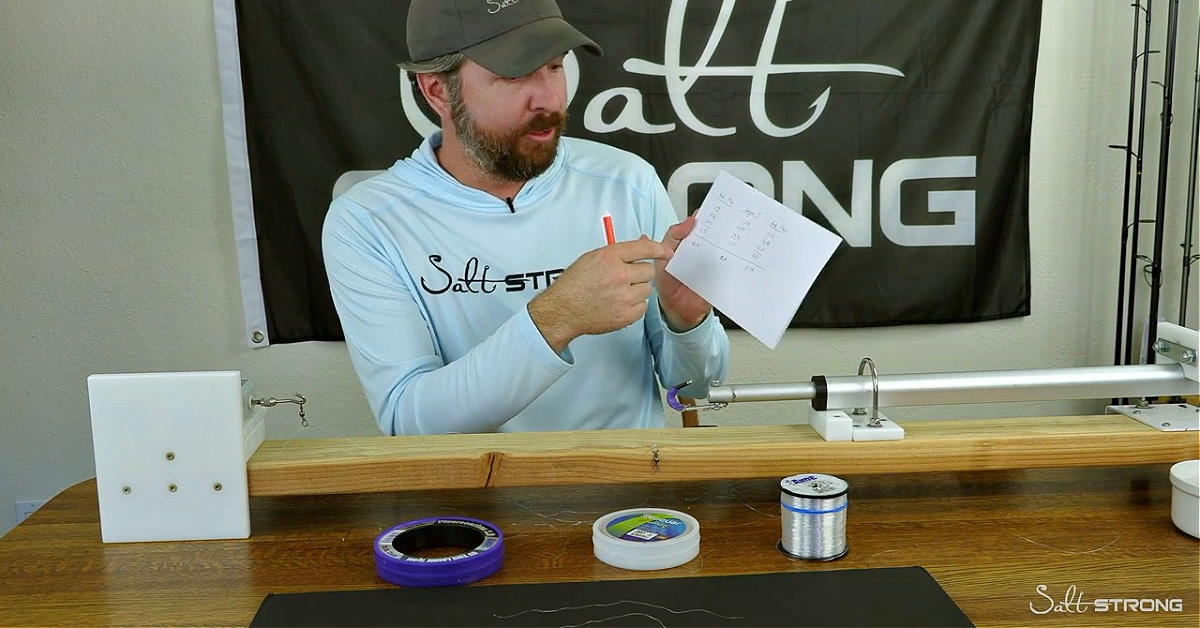
Time for another edition of the Fluorocarbon VS. Monofilament Line Stress Test!
This comes at the request of an Insider Member that shared a recent study with me stating fluorocarbon is compromised when stretched and continued to be used while monofilament experienced no issues.
So I conducted my own experiment to uncover the truth!
Check out the results in the video below!!
Fluorocarbon vs. Monofilament Line Stress Test [VIDEO]


Time Stamps Of Tests:
1 Stress
- Ande Mono – 1:45
- Seaguar Premier – 2:57
- Ande Fluoro – 3:45
2 Stresses
- Ande Mono – 4:50
- Seaguar Premier – 5:44
- Ande Fluoro – 6:22
5 Stresses
- Ande Mono – 7:03
- Seaguar Primier – 7:53
- Ande Fluoro – 10:09
Conclusion & Results: 11:02
Lines Used In This Test:
- Ande Monofilament Leader
- Seaguar Premier Fluorocarbon Leader
- Ande Fluorocarbon Leader
I broke out the line stress test machine to get to the bottom of it!
Ande Monofilament Leader represents mono in this test.
To keep things level, I used an Ande Fluorocarbon Leader as well.
Furthermore, I included the most expensive fluorocarbon leader on the market – Seaguar Premier Fluorocarbon.
I used the Orvis knot to connect all 3 different leader materials.
Moreover, I had the average breaking points for each of the three lines.
So I stretched each line to a pound less than the lowest breaking point, then take the pressure off the line, and finally reapply pressure to see if the line snapped before the average breaking point.
Right after testing for the average breaking point, I laid out each line to get a visual.
Immediately, you are able to see that the monofilament kept its natural straight shape while the fluorocarbon lines remained frayed.
Ande Mono Stress Test #1
- Average Breaking Point: 19.3 lbs
- Minimum Breaking Point: 18.56 lbs
I then went up to 17.91 lbs. to stress the line, then take the pressure off, and reapply stress to determine its strength after.
After reapplying tension to the line, it went all the way up to 22.56 lbs. – the highest of the day so far!
In this case, the monofilament line performed better after it was stressed.
Seaguar Premier Fluoro Stress Test #1
- Average Breaking Point: 15.03 lbs
- Minimum Breaking Point: 14.8 lbs
I took the next run up to 13.56 lbs.
After giving the line a second to relax, I reapplied pressure to the line and it went up to 15.68 lbs. before breaking.
This line didn’t necessarily perform better on the second try but didn’t do any worse.
Ande Fluorocarbon Stress Test #1
- Average Breaking Point: 16.2 lbs
- Minimum Breaking Point: 15.7 lbs
The same process as before, I took this line up to 14.7 lbs, gave the line a second, and reset the machine.
And the result was 15.58 lbs. – a new low for this brand of line.
Ande Mono Stress Test #2 (Two Stress Trials)
- First Stress: 17 lbs
- Second Stress: 18.15 lbs
- Breaking Point: 21.77
In the first stress test, I took the Ande Mono to 17.91 to start and did the same here at 17 lbs even.
Then I took the stress off the line and repeated the same process up to 18.15 lbs for a second round of stress.
Lastly, in the third round, I let the line run as much as it can until it breaks to determine the impact of TWO rounds of stress.
The result was 21.77 lbs.
Seaguar Premier Fluoro Stress Test #2 (Two Stress Trials)
- First Stress: 14.4 lbs
- Second Stress: 13.7 lbs
- Breaking Point: 14 lbs
After performing the same exact test on the Seaguar Premier Fluoro, we achieved a breaking point of 14 lbs.
That is a full pound lower than the averages taken earlier using 20lb fluorocarbon.
There were plenty of noticeable bends in the line as well indicating it is compromised.
Ande Fluorocarbon Stress Test #2 (Two Stress Trials)
- First Stress: 14.81 lbs
- Second Stress: 16.14 lbs
- Breaking Point: 13.16 lbs
After TWO stresses using the Ande Fluorocarbon, the line noticeably performed worse.
This line lost 3 lbs between the second stress and breaking point.
Ande Mono Stress Test #3 (FIVE Stress Trials)
Stress Trials:
- 1st: 19lbs
- 2nd: 17 lbs
- 3rd: 17 lbs
- 4th: 18 lbs
- 5th: 17 lbs
The average breaking point of Ande Monofilament BEFORE stress was 19.3 lbs and the average after stress is applied went above 20 lbs.
After five stress trials, the Ande Mono broke at 22.19 lbs of pressure.
There is no evidence of Ande Mono weakening after multiple stress tests.
Seaguar Premier Fluoro Stress Test #3 (FIVE Stress Trials)
Stress Trials:
- 1st: 15.03 lbs
- 2nd: 14.92 lbs
- 3rd: 13.4 lbs
- 4th: 12.06 lbs (BROKE)
- 5th: N/A
This line went down from just under 15 lbs to breaking at 12.06 lbs after just a few trials.
The line is also completely warped and bent out of shape.
After just FOUR stresses, this line produced a 20% decline in performance.
I ran this test again a second time and backed off on each test after the first to get through five trials.
Stress Trials (Second Round):
- 1st: 15.23 lbs
- 2nd: 13.03 (BROKE)
- 3rd: N/A
- 4th: N/A
- 5th: N/A
Using the same line, the same knot, and everything else being equal, this line broke even earlier than the previous round of stress testing.
That is just over a 10% decline after ONE stress.
Ande Fluorocarbon Stress Test #3 (FIVE Stress Trials)
The breaking point after FIVE stresses on the Ande Fluorocarbon ended up being 15.08 lbs.
Although this line did perform worse than the first run, it still outperformed the Seaguar Premier.
Final Tally & Findings
The sample size is small so these results are NOT perfect.
However, the disparity between the results is enough to where I can confidently say some things stood out.
The Ande Monofilament Leader had ZERO decreases after undergoing stress, and if anything, it performed better after each trial.
When the monofilament is tightened down, the knot seems to improve and get stronger.
On the other hand, both fluorocarbon lines seemed to warp and lose their strength after a few rounds of stress testing.
This is shockingly poor and very noticeable with fluorocarbon leader in this test.
If you are fishing with fluorocarbon and fight a big fish or get caught in structure, go ahead and retie your line!!!
If you’re fishing with monofilament, you can continue to fish with it until you visibly see it weakening or there are slight nicks in the line.


Do you have any questions or comments about this experiment??
Please let me know down below!
I welcome any and all feedback – these experiments are as beneficial for me as for you!
For whatever reason, fluorocarbon degrades over time while monofilament gets stronger.
Finding The Fish Help
In order to help make sure that you are targeting the right areas based on the latest feeding trends and upcoming weather forecasts, make sure to use the following 3 resources because they will save you a ton of time.
1. Weekend Game Plans (updated weekly)
These regional game plans will show you exactly what types of spots to target in under 10 minutes… just click the video to start, and you’ll be informed on what to do on your next trip.
2. Smart Fishing Spots Platform (updated every 15 minutes)
This exclusive software literally shows you where the most fish are likely to be feeding based on exactly when you’ll be fishing. It factors in the tides, wind, and weather to help you quickly see which areas to target throughout the day.
3. Community Reports (live feed)
The Insider Community platform is what you can use to see what is biting near you, and you can get to know other members who fish in your area. Plus, you can use it to keep a log of your catches so you can use past trips to help predict future catches.
Related categories:
STOP WASTING TIME ON THE WATER!
Do what the “SMART ANGLERS” are doing and join the Insider Club.
Here’s what you’ll receive today when you join:
- Weekly fishing reports and TRENDS revealing exactly where you should fish every trip
- Weekly “spot dissection” videos that walk you through all the best spots in your area
- Exclusive fishing tips from the PROS you can’t find anywhere else
- Everything you need to start catching fish more consistently (regardless if you fish out of a boat, kayak, or land).




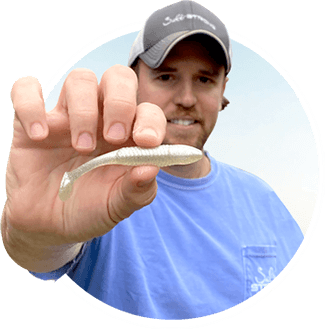
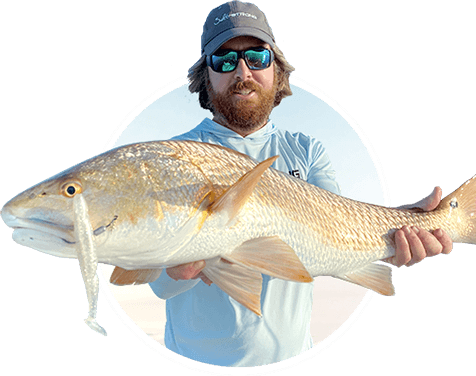
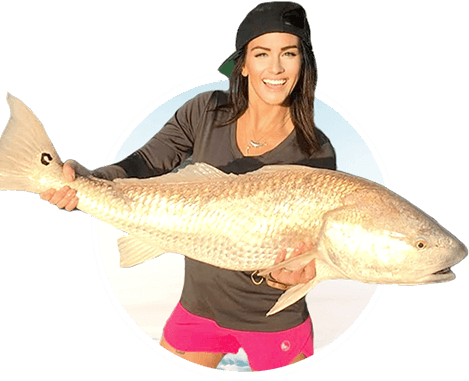
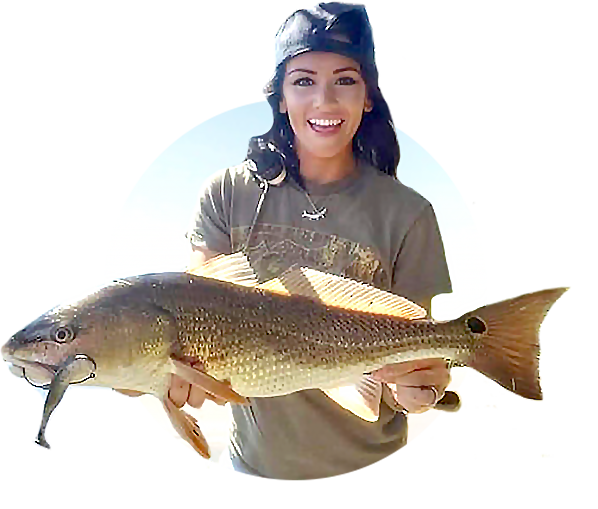
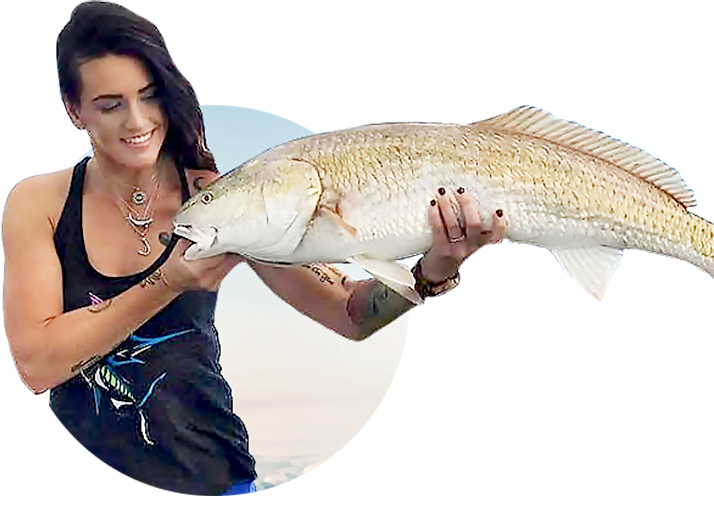
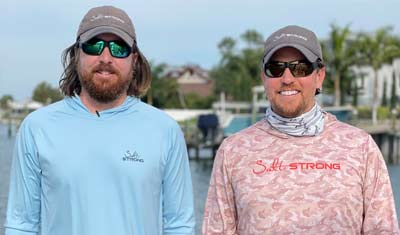
Thank you so much for these tests!
I am planning to conduct my own tests. I noticed you switched from a manual force gauge stand to a linear actuator. Which one would you recommend I start with?
Thanks, Luke! Awesome job!
I’ve seen a few other similar videos in the past month or so. I’m glad you guys did one as well. So while your test was small, there are other guys having the same/similar results. Mono seems to increase after stress, while fluoro breaks at much lower stress points.
All these videos make me wonder if the benefits of fluoro are really worth it. If I’m going spend more money, need to replace the leader after hooking a fish (more expense) or risk losing fish (thus needing to replace the leader & rig which is, again, more expense), would it just be better to stick with a good quality mono?
I’m sure that would be debated and everyone will have their own opinion, but with inshore fishing, I think I’m not going to harm my results by going with mono. I think I use fluoro more because everyone says to, not because I’ve actually tested it myself. I’m going to make the switch & see how things go.
Thanks again! Keep up the great work!
Eugene
I’ve been wondering the same thing in terms of why go with fluoro for inshore fishing for several years now. From all my testing so far, it seems as if mono is the better option given it’s abrasion performance.
Luke,
I’m curious as Rob below also asked as to where the line is actually breaking and if it differs between the flouro and mono. I tend to see the heavier flouro leaders to be very brittle in the knot to the point that I’m snelling hooks and FG’ing braid onto a swivel instead of tying the flouro leader to the swivel. It seems the fewer sharp bends the better. It’s very interesting to see the way the flouro breaks when it is clean mid-line stress, it looks like split ends on a human hair.
Thanks for the research and look forward to your reply!
Chad
All of the lines break either at the top of the knot or about mid-way through at the first hard turn in the line regardless of mono, fluoro, or braid.
The only time the break occurs away from the knot is when the line has some sort of damage to it (this is extremely rare when using brand new lines).
👍
Really good video Luke. Shows that more expensive is not always better. Thanks.
Luke, Wow that’s amazing, Thanks Luke!
Thank you for the information. I’m curious if the line was breaking at the knot. Would I need to re-tie a new leader or just the lure.
All of the lines break either at the top of the knot or about mid-way through at the first hard turn in the line regardless of mono or fluoro.
When using fluoro, I recommend replacing the entire leader after a stress breakoff after seeing how that type of line gets compromised after getting stressed. But with mono, there is no need to replace the leader unless it got frayed from rubbing against something when it get broken.
Luke, that is great information!
Thanks for the testing,info it is saving everyone a lot of money
I’d be curious to see what this test would be like at a “real world” length. like 20 feet for example and see how that effects the test.
I believe the same findings will be seen with a longer section of line since it’ll have the same overall characteristics.
Wow, I was sold a false Bill of Goods…. Thanks Luke !!